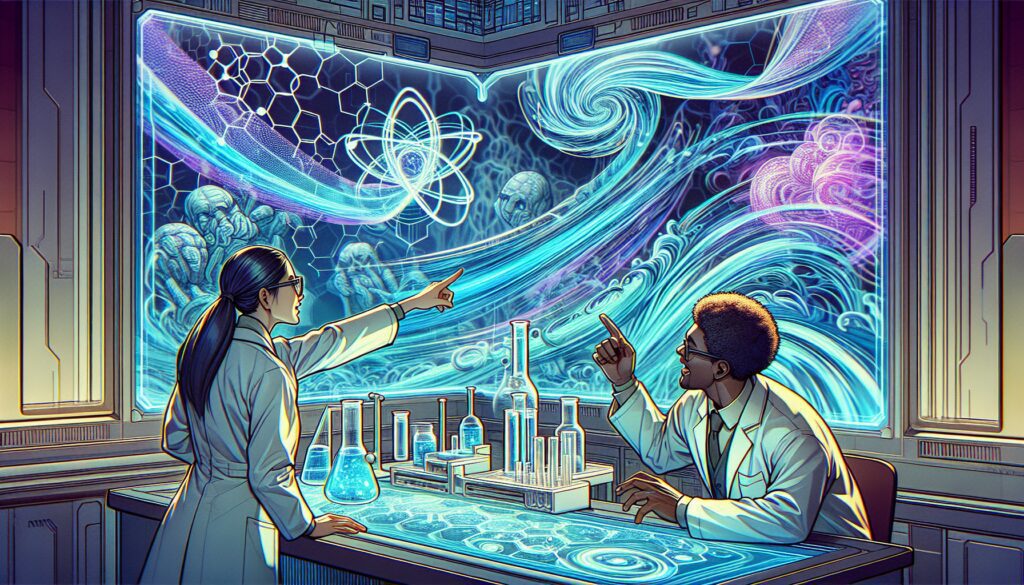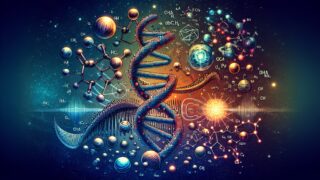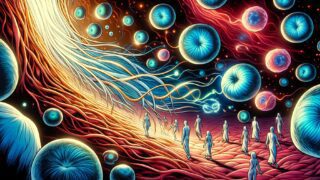Have you ever noticed how cats are drawn to flowing water, whether it’s from a faucet, toilet, or shower? They won’t drink water that’s been sitting in a bowl for two days. Aubrey Marcus and Doctor Zack Bush discuss the fascinating science behind this behavior.
The Difference Between Stagnant and Living Water 🚰
When water sits stagnant or goes through unnatural flow states, such as 90-degree bends in plumbing lines, the water molecules clump together in groups of 75 to 100. However, when water is in a natural vortex, like swirling in a toilet bowl or around a pebble in a stream, the vortex energy breaks down these large clumps into smaller groups of 5 to 12 molecules. This “living water” is more biologically active and can be absorbed through cell membranes more easily.
The Mystery of Water in Cells 🔬
One of the most mysterious things in biology is how water enters cells. Despite being the most important element for cellular health, we don’t fully understand the mechanism behind it. It’s thought that the electrical potential across the cell membrane, created by the mitochondria translating light energy from food into electrons, plays a role in allowing water to enter the cell.
When water enters a cell, it immediately crystallizes into a dense, jello-like state known as the fourth phase of water. This is why when you cut yourself, no water leaks out despite the disruption of millions of cells. The crystalline structure of water aligns along the DNA strand, creating an antenna system that vibrates at a specific frequency when hit with light energy.
The Memory of Water 💧🧠
Dr. Bush believes that our sense of self and coherence of memory is held in the water structure and its resonance around the DNA strand, rather than a cognitive process. Water carries memory at the molecular level, and while we haven’t found a database in the brain or peripheral nervous system for long-term memory, it’s thought that the memory of water plays a crucial role.
Experiments have shown that vibration affects structure, and the memory of water is in the interface between the crystalline structure of the gel state of water in our cells and the electrical vibration from sunlight, food, and energy translation.
Additional Insights 💡
The fascinating properties of water extend beyond its role in cellular function and memory. Here are some additional points to consider:
- 💧 Water has a high specific heat capacity, meaning it can absorb a lot of heat energy before its temperature rises, making it an excellent temperature regulator for the body.
- 🌊 The surface tension of water allows it to form droplets and move through narrow spaces, such as the xylem of plants, enabling water transport in living organisms.
- 🧊 Water expands when it freezes, which is unusual for a substance. This property is crucial for life on Earth, as ice floats on top of liquid water, allowing aquatic life to survive in frozen environments.
In conclusion, the relationship between cats and water, the mysteries of cellular water absorption, and the memory of water all highlight the incredible complexity and importance of this essential substance. By understanding the unique properties and behaviors of water, we can gain a deeper appreciation for its role in life and the natural world.







